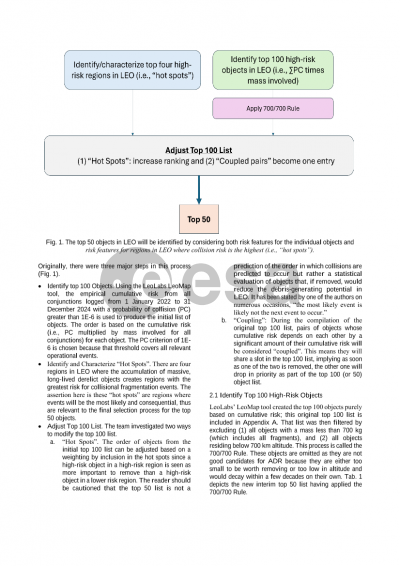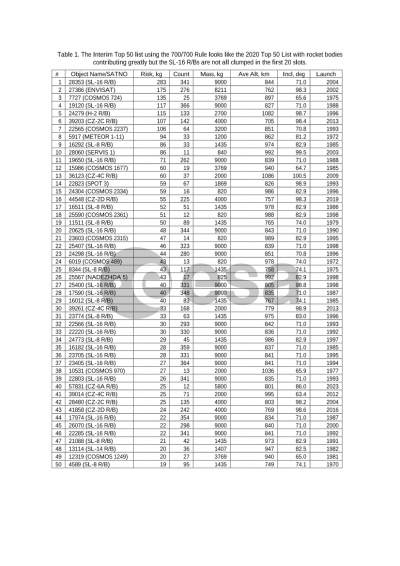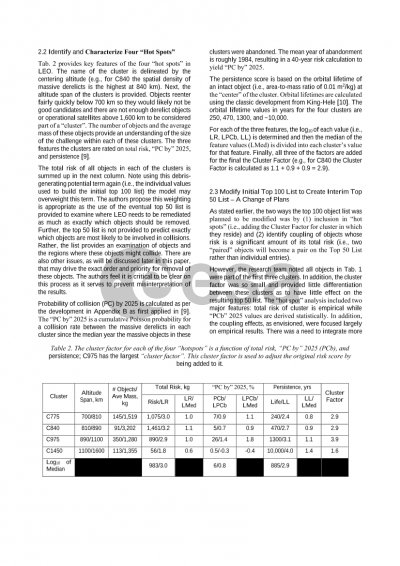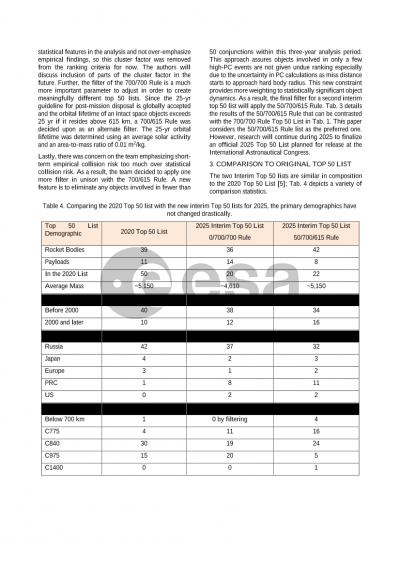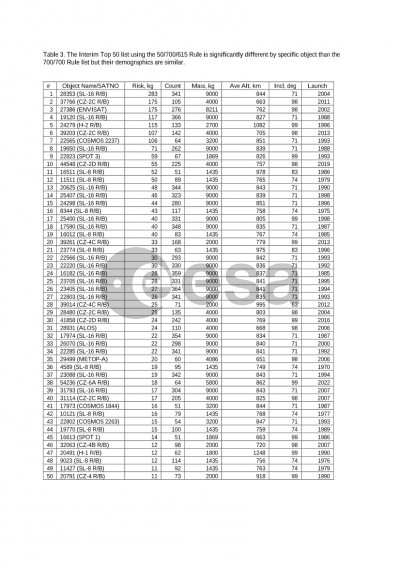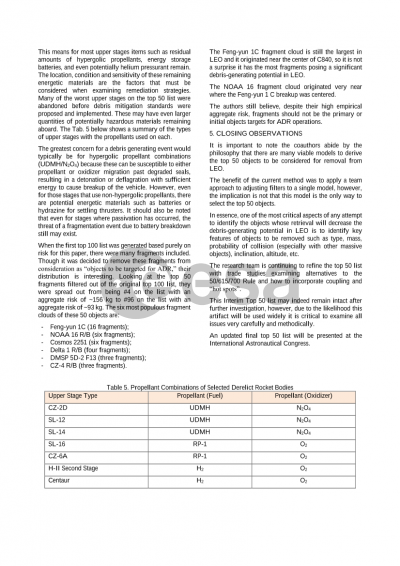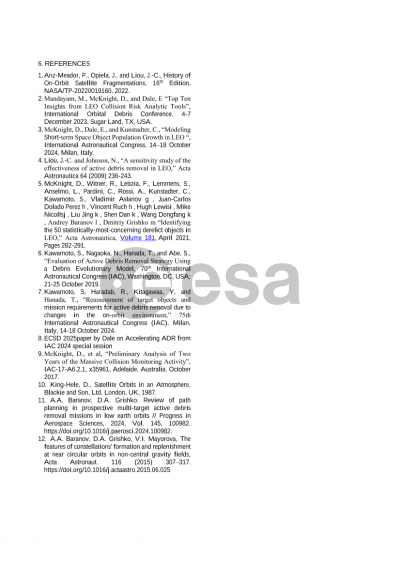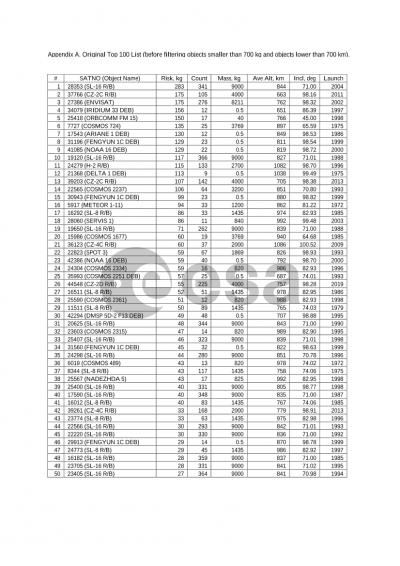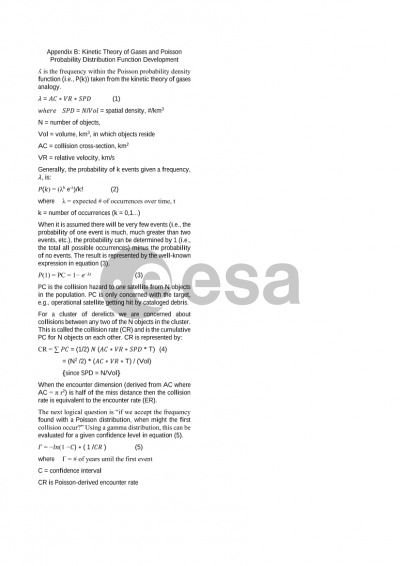Document details

Abstract
The accumulation of intact derelict objects in low Earth orbit (LEO) has been a subject of analysis for decades. Around the turn of the century the realization of the debris-generating potential of this growing population motivated the global community to establish the 25-yr debris mitigation rule. Further, major space agencies started assembling long lists of number, mass, and nationality of this abandoned hardware. In 2020, a team of 19 experts from 13 countries were assembled to create a definitive list of objects identified objects that would most directly minimize the long-term debris-generating potential in LEO and potentially serve as a “priority list” for active debris removal *ADR) operations.
The number and mass of derelict objects has continued to grow, motivating the need to update this list. In addition, there are now many more deployed operational satellites than in 2020. Further, LeoLabs has developed a suite of analytic tools that automate many of the algorithms used in the original “Top 50 paper” and research into orbital capacity modeling has identified certain regions in LEO that have an elevated probability of collision (PC) that should be considered when evaluating the most important objects to remove.
A new list of the top 50 objects suggested to be removed from LEO is created that considering (a) aggregate collision risk (i.e., PC times consequence) since 1 January 2022, (b) orbital persistence of fragments (if a collision occurs), (c) proximity to existing altitudes where aggregate risk of the population is the largest (e.g., 100 km bins centered around 675 km, 840 km, 1000 km, and 1450 km), and (d) propensity for the objects to spontaneously explode due to design features or remaining propellants or other energetic sources onboard.
A comparison between the 2020 “Top 50” list and the newly generated list is provided to illuminate key lessons for debris hazard evolution and to motivate operationalization of ADR.
Preview

